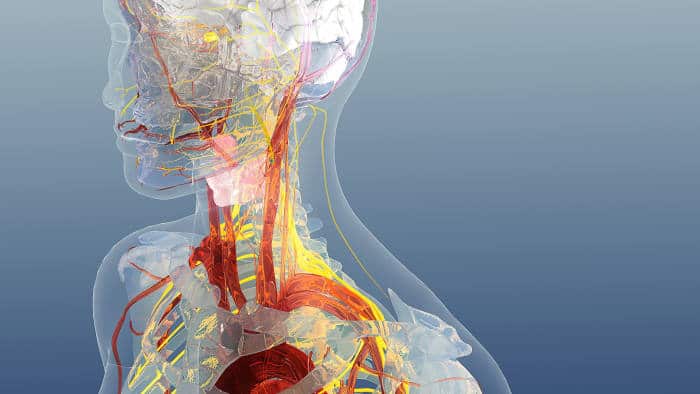
Can artificial neurons replace biological neurons?
What if I tell you that many of the damaged brain functions can be restored thanks to Artificial Intelligence (AI)? With just a small artificial chip, they can help repair the biological circuits of patients who once lost them or are wearing out over time.
Some types of diseases that could be treated with these kinds of methods are, in the first instance, Alzheimer’s, spinal cord injuries, seizures, among others. The different possible “cures” or treatments for many of these conditions are practically a reality, although we are just beginning to travel this long road of discovery. This is not like a race against time, but we can compete like the Kentucky Derby contenders and find new solutions to our needs.
Synthetic Neurons
According to the research carried out at the University of Bath, a series of microcircuits have been created that have the ability to respond like the body’s neurons. According to the statements of one of the study’s authors – Alain Nogaret, professor of the Physics Department – these advances can help fight serious diseases.
According to the results published recently in the journal Nature Communications, the purpose is to focus on the development of synthetic neurons to replace the functions of lost neurons due to chronic conditions. As an example, we can mention the heart failure in which the neurons at the base of the brain are those that prevent this type of failure. If these neurons stop working, artificial neurons could reverse these situations.
“The main objective is to understand more about brain circuits and their functions to help patients with serious medical conditions“, says Nogaret.
A Chip Smaller Than a Coin
The researchers and their team designed a circuit similar to ion channels because of their ability to generate electrical impulses. Subsequently, they focused on recreating neuronal activity in the respiratory system or in the hippocampus.
As for these chips, the authors of the study hope that these initial results can serve as a basis for the design and development of biological chips that repair systems. For example, in the case of the respiratory system where these types of neurons are used to repair the respiratory rate with the heart rhythm; when there is a disparity of these rhythms they can lead to a heart failure. It is thought that, with the use of some type of device, it can match these two rhythms again and prevent further complications.
At the same time, other research teams, such as Elon Musk’s Neuralink, plan to implement invasive brain implants by the end of next year in order to enhance human capabilities. In this case, the first tests are focused on patients with quadriplegia due to C1-C4 spinal cord injuries.
Such devices – Chip N1 – will allow users to control, for example, their smartphones only with their brains.
Anyway, Nogaret’s team is not focused on linking brains to computers or other devices, or at least not at the moment. What they are looking for is to focus on the study of healthy and diseased cells.
Bionic Cells – Positive Results!
The research results highlighted that, in a series of around 60 stimulation protocols, solid-state neurons produced virtually the same exact responses.
According to these developed techniques, the practices could be extended to the design of hypothetical neurons, such as those needed by Neuralink to interconnect the brain. Nogaret adds, “We need a better understanding of those types of interfaces and of course, some ethical considerations“.
As we move forward in this area to understand how the brain works, one could – for example – obtain more information about the effects of drugs with their electrical properties and qualities. However, researchers at the University of Bath are focusing on how brain circuit models can help or serve as a basis for future research.
Summarizing
The development of this type of circuit is a huge challenge. Bioelectronic medicine is stimulating the need for neuromorphic circuits with the ability to integrate unprocessed nerve stimuli and respond as if they were biological neurons.
These devices smaller than a coin will open new doors in a new era for new treatments against the diseases that present us with so much challenge when it comes to eradicating them. Let’s hope it goes well!





